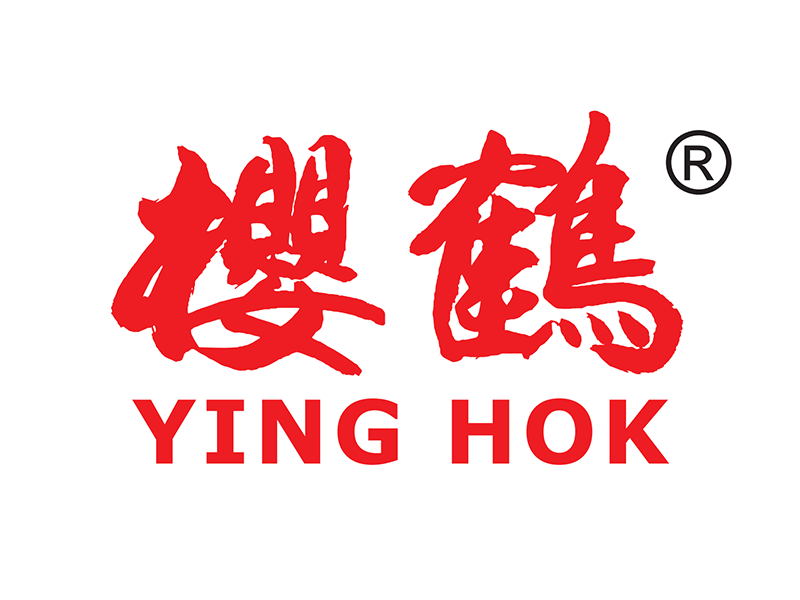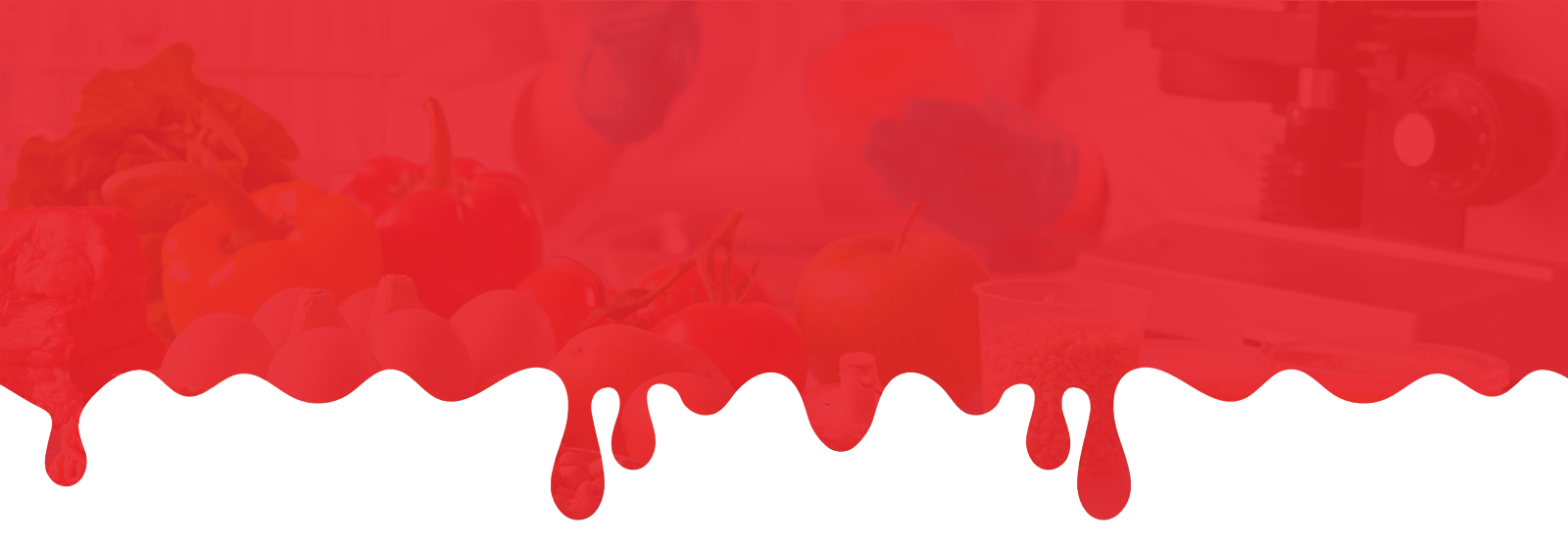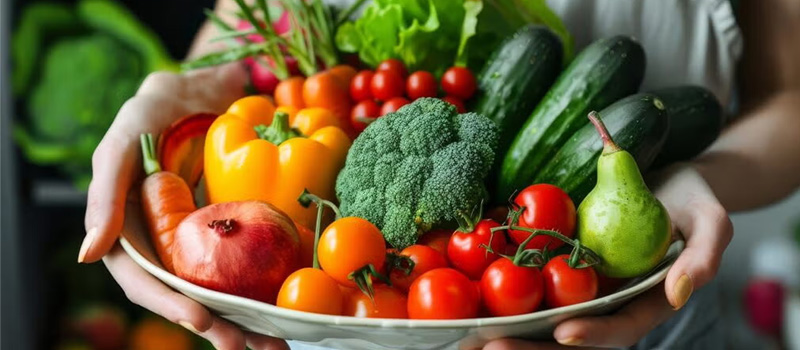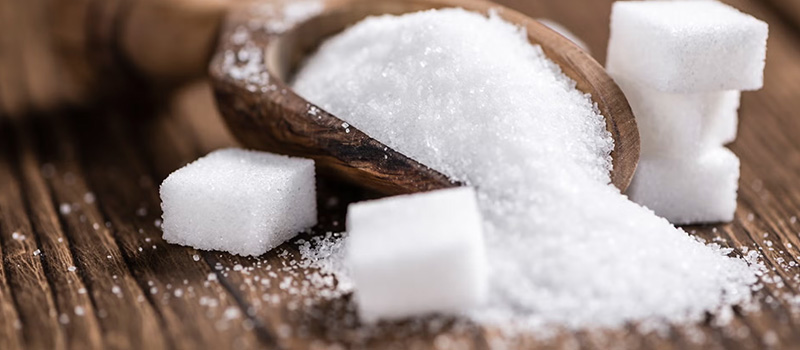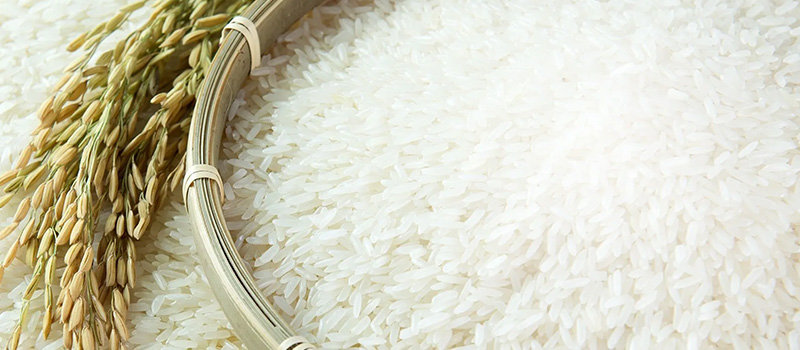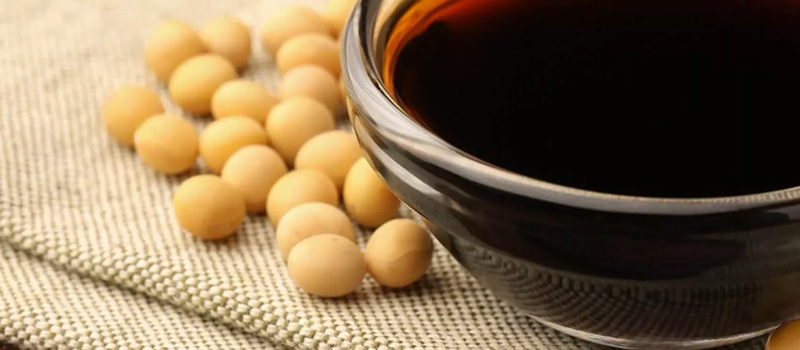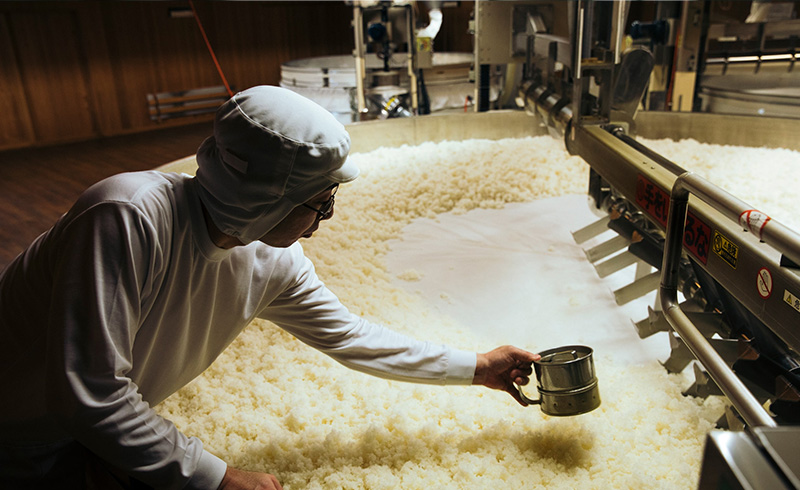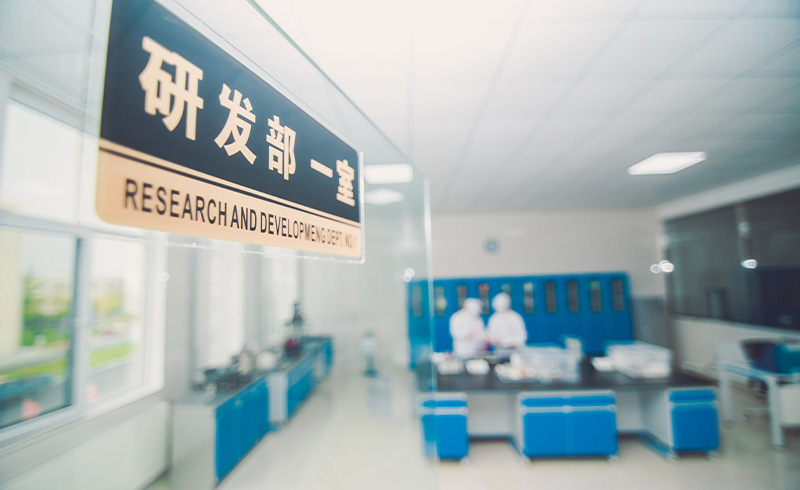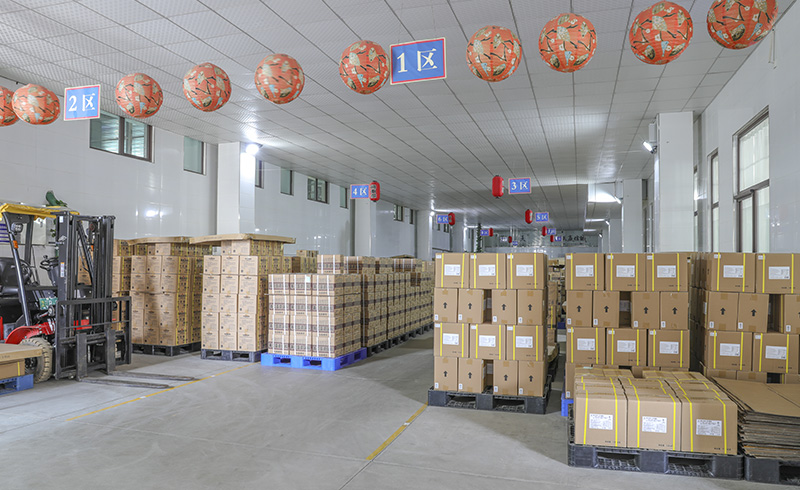Brand Story:
In 2001, inspired by their love for Japanese food culture and leveragingDalian's geographical proximity to Japan, founders Mr. Shen and Ms. Zhao established DALIAN KUOSHEN BIO-FERMENTING PRODUCTS CO.,LTD. in Dalian. Under the brand "樱鹤Yinghe," they brewed authentic sake that gained wide recognition in the Chinese market, making "樱鹤Yinghe" a well-known domestic brand.
In 2009, they founded their first Japanese-style sauce factory -FOSHAN ZHONGYE FOODS CO., LTD.in Foshan, Guangdong, launching the sauce brand "Yinghok" (a Cantonese phonetic translation of "樱鹤"). The brand embodies the inheritance of traditional Japanese craftsmanship and flavors. In 2018, a second sauce production facility (ZHONGYE FOODS (DALIAN) CO.,LTD.)was established in Dalian, focusing on Japanese, Korean, and other Asian-style sauces.
After over a decade of dedicated development, "Yinghok" has become an industry leader in China's Japanese cuisine sector, holding a market share of over 80%.
Brand Vision:
With the philosophy that "Food Knows No Borders," Zhongye Foods Co Ltd.aims to collaborate with global partners to deliver a healthy, trendy, and joyful food culture through sauces. The goal is to enable more people to effortlessly explore diverse cuisines and embrace a colorful life.


